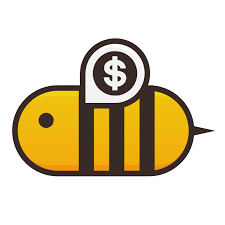The Path from Unstructured Logs to Observability
Are you starting out on your journey toward observability? Do you have a mandate from management, or are you a lone warrior in the matrix? From your starting point, how will you make the right decisions about how to implement changes to your logging and aim for the right path through the various choices in front of you?








